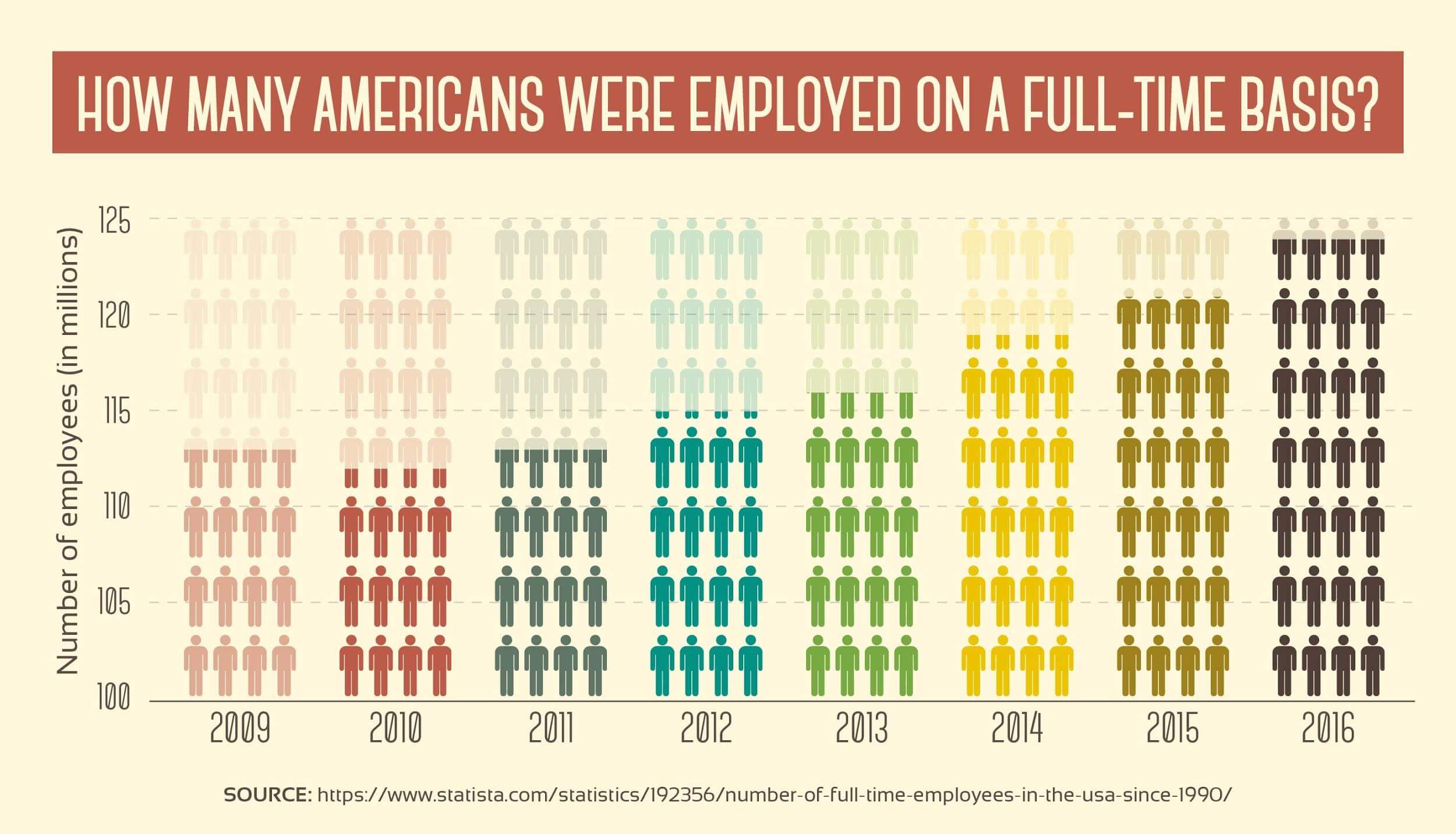
There are many education degrees. Before deciding which education degree to pursue you need to be aware of the requirements, employment outlook, as well as career options. This article will inform you about the various educational programs and career paths. This article will give you useful advice on choosing the right course.
Careers in education
Education can offer a rewarding career, with many different opportunities. Some jobs are more administrative in nature, but many of them also involve working with students and teachers. Some have the responsibility of developing curriculums, assisting students with their problems, and even assisting them. Some of these careers are also part of the federal government, and some are even in private practice.
First, you need to choose what kind of career you want in education. One option is to teach, research educational policies, and/or work in education technology. It takes approximately one year to complete the Careers in Education program. It includes four elective and a core curriculum. An Advanced Course Request form will be required if you are interested in a new career path.

Required degrees
The requirements for undergraduate studies vary by major and institution. Some universities require that you have a high school diploma or GED certification. Others may be more flexible. Some schools may require a minimum GPA or remedial courses. You can also take courses that are related to your major or minor. If you're planning to pursue a graduate degree, you should know the requirements ahead of time.
A bachelor's degree in education can lead you to a variety positions at private and public schools. Teachers and administrators may be able, depending on their education degree, to work in the leadership or administration of educational institutions. Many teachers will continue their education to obtain a master's degree.
Outlook for the Job
Education prospects and job outlook are important factors to consider when deciding what career path to take. According to U.S. Bureau of Labor Statistics a higher education level leads to greater earnings and less unemployment. However, education does not always determine the highest-paying job. Even if you have less education than someone with a higher degree, you can still be successful in your field.
Job outlook measures the change in employment rates for a specific occupation over a specified period of time, usually two, five, or ten years. These numbers are used by economists as a way to project the employment rate for a given occupation in this timeframe. It's important to know how much an occupation will change over time when choosing a career path.

Career paths
There are many career options available for those who want to continue their education. There are many options for a career after graduation. These include traditional four-year colleges, vocational schools, and the military. Many young people find it difficult to succeed in school because they have learning or thinking problems. They mistakenly believe they only have one option: a traditional four-year college. In reality, they have many options.
You can get information about a specific field by reading, talking to people who work in that field, and enlisting the help of friends and family. You can also look for job opportunities in your local area. You can also visit conferences and career fairs.